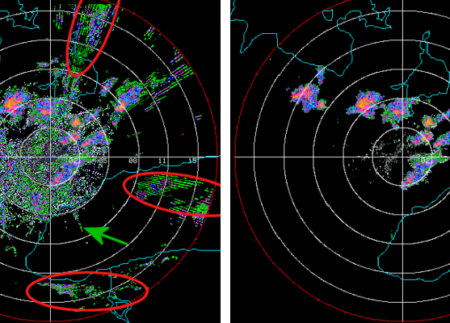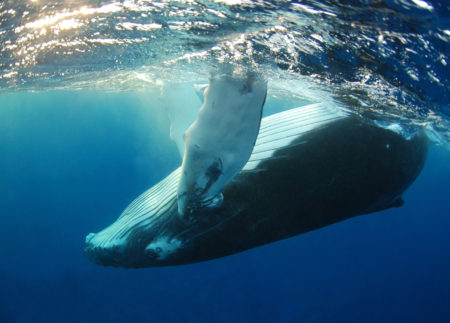For environmental assessments, the oil and gas industry needs to know the density and distribution of marine mammals where we work.
Historically, single animals could be located and identified to species using for example passive acoustic technology. But no method existed for deriving population density estimates from these measurements. A team led by Dr. Len Thomas of St. Andrews University developed such methods using data on four species that had been recorded on multiple fixed sensors on U.S. Navy acoustic ranges.
Ancillary data, such as field observation of mean group size, data from acoustic tags affixed to individuals, literature-based information on source levels and beam patterns of calls, estimates of false positivs, and other variables were required to make the final population estimates. The team developed a general framework which links all of these methods with a flowchart to determine which methods to use on which species in the field. This collaborative project between the Programme and US National Marine Fisheries Service started a new sub-discipline in the field of population estimation.
Find out more about DECAF.
Related Research Topics
Sound Source Characterisation and Propagation
An essential first step of the JIP’s research is to better understand how sound propagates in the ocean. There are variety of factors including depth, temperature and salinity to name a few.
Physical and physiological effects and hearing
The JIP aims to understand the potential effects of sound from exploration and production activities on the physiology and hearing of different types of marine animals.
Behavioural reactions and biological significant effects
The JIP aims to understand the non-physical effects of E&P sound on marine life behaviour over the course of their lives
Mitigation and monitoring
The JIP takes an active role in providing information to understand and reduce risk of potential impacts of exploration and production sound on marine life.
Research Tools
The JIP has researched and developed a range of research tools that not only improve our studies, but have also advanced general scientific knowledge of marine animals.

